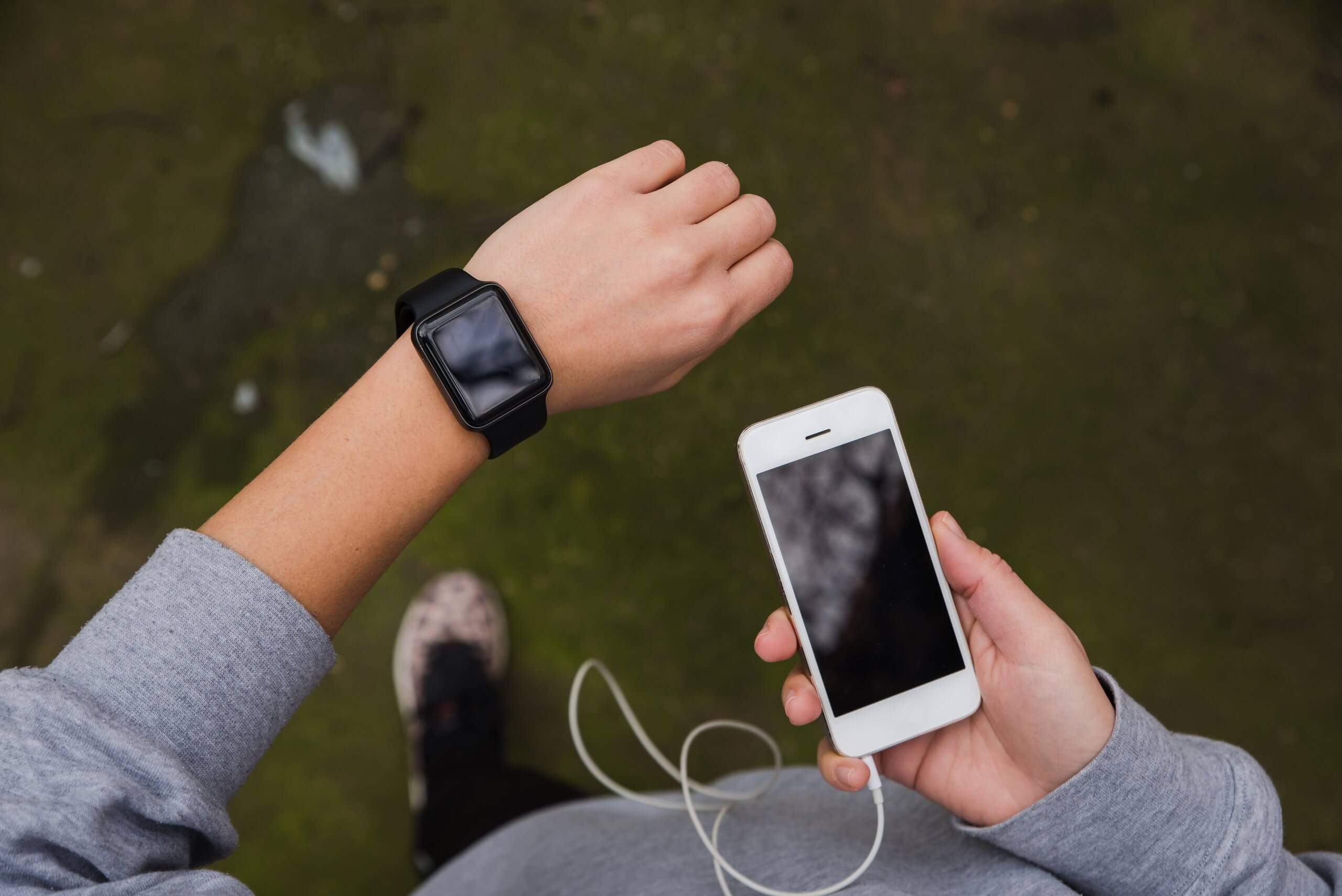Limitations of Common Resting Metabolic Rate Equations
In a recent article titled “Most metabolic rate prediction equations are bad when weight is stable, and worse when it isn’t,” Eric Trexler discusses the limitations of common resting metabolic rate equations in predicting energy expenditure during bulking. The article explains that many online calorie calculators use validated equations to predict resting metabolic rates based on basic information like age, sex, weight, and body fat percentage. However, fat-free mass or lean body mass is the most reliable predictor of energy expenditure, and total daily energy expenditure varies significantly even for people with the same amount of fat-free mass.
The Validity of Resting Metabolic Rate Prediction Equations
Trexler highlights a study by Rodriguez et al., which investigates the validity of several commonly used prediction equations to track resting metabolic rate changes during a hypercaloric nutritional intervention and supervised resistance exercise training program. The results showed that all the equations underestimated the change in resting metabolic rate, with some almost missing the increase entirely. The article emphasizes that the mistakes made by these equations increase even more when attempting to transform resting metabolic rate into total energy expenditure to pinpoint calorie intake objectives.
An Empirically-Driven Approach to Caloric Intake Targets
Trexler suggests that the best approach for determining an individual’s calorie target while bulking or cutting is to rely on empirical, individualized observations, such as accurately tracking daily body weight and energy intake to identify the required calorie target to meet weight loss, weight gain, or weight maintenance goals. Predictive equations for resting metabolic rate are not entirely useless, but their utility is limited. They can sometimes be used as a starting point for determining caloric intake targets, but once weight changes occur, an empirically-driven approach is recommended. This method helps create a truly individualized calorie target that can be adjusted as energy expenditure increases during bulking and decreases during cutting.
My Perspective
The Importance of Resting Metabolic Rate Testing
In my view, one way to enhance the accuracy of determining an individual’s metabolic rate is by utilizing an actual Resting Metabolic Rate (RMR) Test, if available. An RMR test measures an individual’s resting metabolic rate by assessing the amount of oxygen consumed and carbon dioxide produced. This direct measurement provides a personalized, accurate baseline for caloric needs, which can be valuable when planning a diet or exercise regimen. RMR tests can be performed in specialized clinics or fitness centers using advanced equipment, such as indirect calorimetry devices.
Retesting RMR During Significant Changes in Body Composition
It’s essential to consider retesting your RMR during significant changes in body composition. A significant change might involve a weight loss or gain of approximately 5% or more of your initial body weight. Retesting RMR after such changes allows you to adapt your nutritional plan and physical activity to your current metabolic rate, ensuring optimal progress and health.
The Importance of Weekly Check-Ins
In addition to RMR testing, the importance of weekly check-ins cannot be understated. Consistent monitoring of body weight, energy intake, and overall progress helps to fine-tune your caloric intake and exercise plan. This allows adjustments to be made as needed, leading to better adherence to your goals and a more individualized approach.
Conclusion
In conclusion, while resting metabolic rate equations can provide a starting point for determining caloric intake, an actual RMR test and weekly check-ins are essential for more accurate, individualized results. By utilizing an empirically-driven approach to caloric intake targets, incorporating RMR testing during significant changes in body composition, and consistent weekly check-ins, you can optimize your progress, better understand your body’s unique metabolic needs, and maintain a sustainable and healthy lifestyle. It’s important to note that significant changes in body composition, such as a weight loss or gain of approximately 5% or more of your initial body weight, should be considered when retesting RMR and adjusting your nutritional and exercise plans accordingly.
Optimizing resting metabolic rate calculations for bulking and cutting success involves taking an individualized, empirical approach to caloric intake targets and utilizing tools such as RMR testing and weekly check-ins to fine-tune your progress. With dedication and persistence, you can achieve your health and fitness goals effectively and sustainably.
FAQs
Q1: What does RMR stand for?
A1: RMR stands for Resting Metabolic Rate.
Q2: What does BMR stand for?
A2: BMR stands for Basal Metabolic Rate.
Q3: What is the difference between RMR and BMR?
A3: The main difference between RMR and BMR is that RMR is measured under more relaxed conditions than BMR. RMR is measured after the subject has fasted for several hours, while BMR is measured after a full night’s sleep and 12 hours of fasting.
Q4: Why is it important to know your RMR or BMR?
A4: Knowing your RMR or BMR is important because it helps you understand how many calories your body burns at rest. This information can be useful for weight management, as it can help you determine how many calories you need to consume or burn to achieve your weight goals.
Q5: Can RMR and BMR be increased?
A5: Yes, RMR and BMR can be increased through various methods, such as increasing muscle mass, engaging in physical activity, and consuming certain foods or supplements. However, the extent to which these methods can increase RMR and BMR varies from person to person.
Q6: What is Resting Metabolic Rate (RMR) testing?
A6: Resting Metabolic Rate (RMR) testing directly measures an individual’s resting metabolic rate by assessing the amount of oxygen consumed and carbon dioxide produced. It provides a personalized, accurate baseline for caloric needs, which can be valuable when planning a diet or exercise regimen.
Q7: What is the significance of RMR testing?
A7: RMR testing is significant because it accurately measures an individual’s metabolic rate, which is essential for determining caloric needs for weight management, and planning a personalized diet or exercise regimen.
Q8: How is RMR testing performed?
A8: RMR testing is performed by assessing the amount of oxygen consumed and carbon dioxide produced through indirect calorimetry devices in specialized clinics or fitness centers.
Q9: Can RMR testing be performed at home?
A9: RMR testing cannot be performed at home, as it requires specialized equipment such as indirect calorimetry devices that are typically only available in specialized clinics or fitness centers.
Q10: Who can benefit from RMR testing?
A10: Anyone who is interested in accurately determining their metabolic rate and planning a personalized diet or exercise regimen can benefit from RMR testing. Additionally, individuals looking to manage their weight or improve their overall health and wellness can also benefit from RMR testing.
Q11: What is the most reliable predictor of energy expenditure?
A11: The most reliable predictor of energy expenditure is fat-free or lean body mass, as total daily energy expenditure varies significantly even for people with the same amount of fat-free mass.
Q12: What do many online calorie calculators use to predict resting metabolic rates?
A12: Many online calorie calculators use validated equations to predict resting metabolic rates based on basic information like age, sex, weight, and body fat percentage.
Q13: What are the limitations of standard resting metabolic rate equations?
A13: The limitations of standard resting metabolic rate equations include that they are unreliable predictors of energy expenditure during bulking and that total daily energy expenditure can vary significantly even for people with the same fat-free mass.



